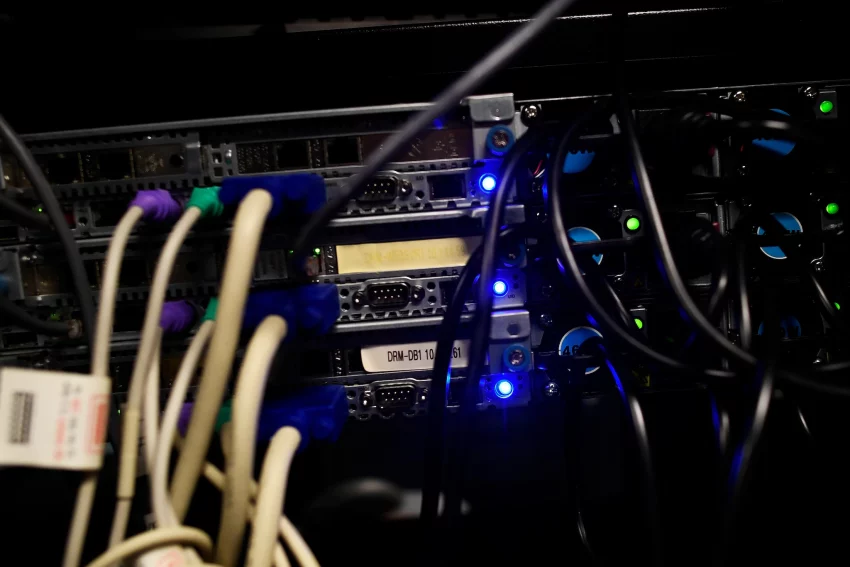In intraday trading on Thursday, March 20, shares of major companies in the cables and wires sector experienced significant selling pressure due to rekindled fears after the Adani Group entered the market. The fact that UltraTech Cement entered the market only a few weeks ago has heightened worries about heightened rivalry in the sector. Further depressing sentiment is the fact that prices for copper and aluminum, two essential raw materials used in cables and wires, have skyrocketed, pushing costs to multi-month highs.
The Adani Group enters the wire and cable industry.
Adani Enterprises declared that it would enter the cables and wires sector through a joint venture between Praneetha Ventures and Kutch Copper Limited (KCL), its wholly-owned subsidiary. The production, promotion, and distribution of metal goods, such as cables and wires, shall be the activities of the recently established Praneetha Ecocables Limited (PEL). After the Birla Group declared last month that it was entering the cables and wires industry through UltraTech Cement, Adani is now the second large conglomerate to do so.
We would like to notify you that on March 19, 2025, Kutch Copper Limited (“KCL”), a wholly owned subsidiary of the firm, successfully concluded the incorporation procedure of a joint venture company with Praneetha Ventures Private Limited, called “PRANEETHA ECOCABLES LIMITED” (“PEL”). “KCL will own half of PEL’s equity share capital,” Adani Enterprises said in a filing on Wednesday.
Polycab’s share price falls 8%, while KEI Industries’ declines 15%.
Shares of Polycab India, the biggest cables and wires company in India, fell 7.6% during today’s session to ₹5,021 per share due to rising competition and rising input prices, while KEI Industries plummeted 15% to a 15-month low of ₹2,802 per share. Havells India, however, had a 5.5% decline in trade to ₹1,472 per share. Likewise, R R Kabel’s stock fell 4.25% to ₹878.20 per share. Analysts predict that Adani and the Birla Group’s arrival won’t have a significant effect on cables and wires (C&W) companies’ FY25–28 profits. They will, however, keep an eye out for any further statements made by the businesses that might impact the C&W sector’s supply-demand dynamics in the long run.
Copper costs more than $10,000.
For the first time since October, copper prices on the London Metal Exchange jumped above $10,000 per ton on Wednesday. Due to national security concerns, former President Donald Trump ordered the US Commerce Department to look into potential levies on copper, which sparked a copper bull run. His words have spurred purchasers to push up purchases of refined copper this month. The price of copper on the LME has increased by 14% since the year began. However, this increase lags behind the 26% surge in copper futures in New York, which are approaching an all-time high. The pricing disparity has created a considerable incentive for traders and producers to relocate supplies to the US before any potential tariffs take effect, Bloomberg said.
Analysts estimate that the cables and wires business is extremely susceptible to changes in copper pricing since copper makes up between 55 and 60 percent of the cost of raw materials. Between 15 and 20 percent of the cost of raw materials is also made up of aluminum. Copper and aluminum together account for around 75% of the total cost of raw materials used in cables and wires. Trump has already placed 25% import taxes on steel and aluminum, put charges on China, Canada, and Mexico, and pledged to implement broad “reciprocal” tariffs beginning the following month.

